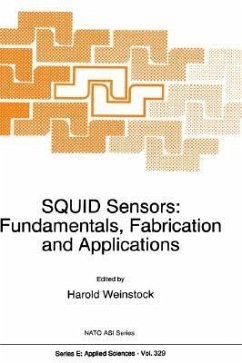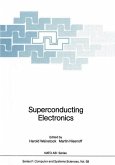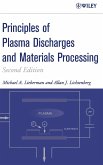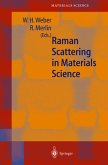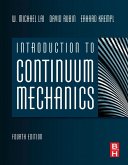The book examines all aspects of constructing and using SQUID magnetic sensors that operate at either liquid helium or liquid nitrogen temperatures (4 or 77 K, respectively). There is comprehensive coverage of a range of established and emerging applications: biomagnetism, geophysics, nondestructive evaluation, detection of unexploded ordnance, and gravity gradiometry. The principles of both dc and rf SQUIDS are discussed extensively, as are the geometries, electronic circuitry and analysis techniques required to maximise performance. A major chapter of SQUID gradiometers in real environments presents original information on how to minimise noise from external sources. The discussions of biomagnetism describe the growing importance of neuromagnetometry with systems employing over 100 SQUID sensors, as well as the emergence of magnetocardiography and foetal heartbeat monitoring. Analysis techniques relevant to both biomagnetism and nondestructive evaluation are presented in depth.
Audience: Students and professionals engaged in the applications covered and/or in the scientific and engineering aspects of SQUID sensors.
Audience: Students and professionals engaged in the applications covered and/or in the scientific and engineering aspects of SQUID sensors.
